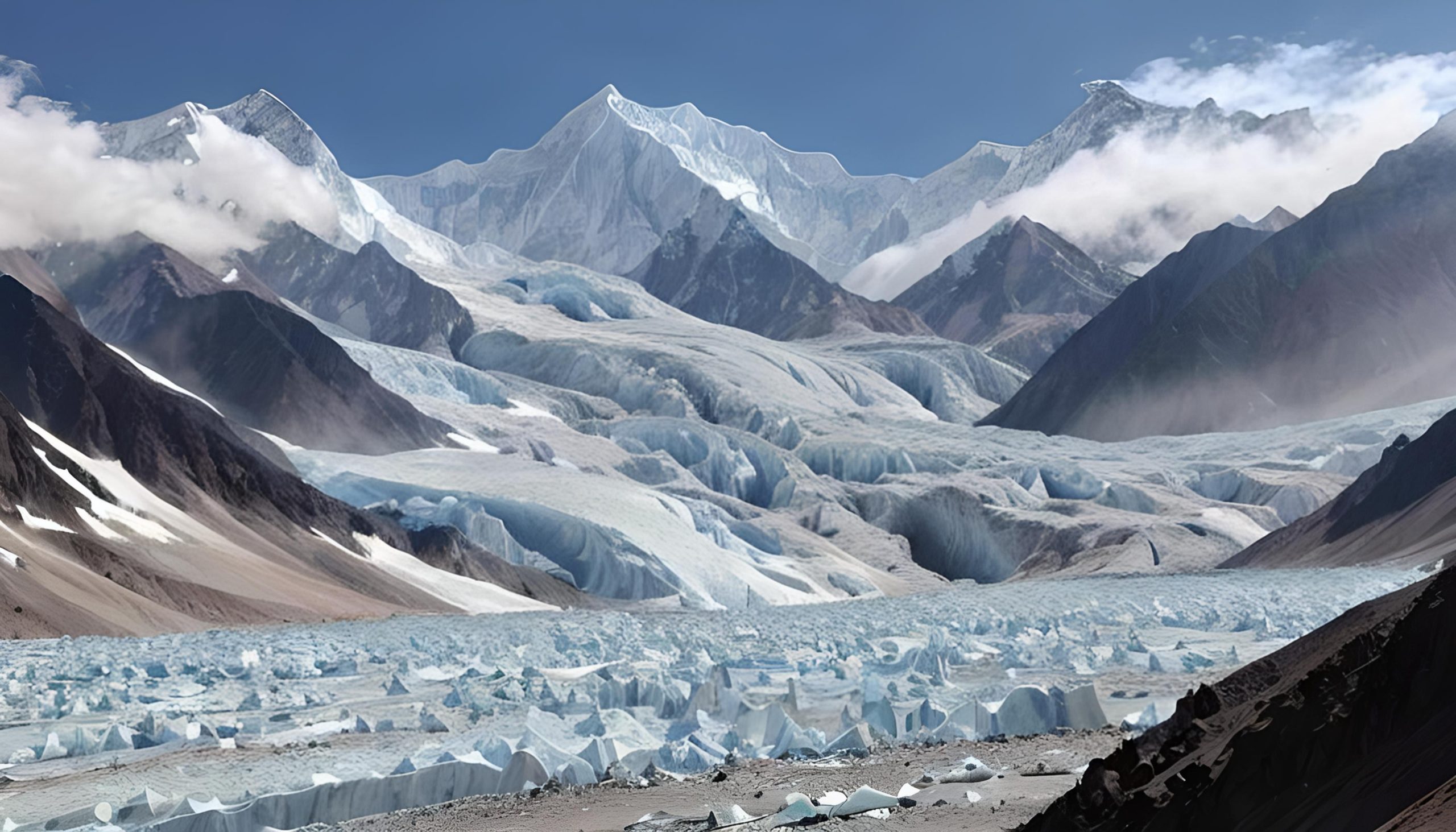The melting of glaciers in the Himalayas is increasingly influenced by rising aerosol levels, with both natural and human factors playing a role. Union Minister of Earth Sciences, Kiren Rijiju, highlighted the urgency of effective measures to address these factors and mitigate the accelerating rate of glacier melting in a written reply to the Lok Sabha on Wednesday.
A study conducted by the Indian Space Research Organisation (ISRO) in the Indo-Gangetic Plain (IGP) and Himalayan foothills unveiled elevated levels of aerosol pollution, impacting temperature, rainfall patterns, and glacier melting. The study identified black carbon (BC) aerosols, accounting for over 75% of absorption, as a significant contributing factor. Aerosols, responsible for over 50% of lower atmospheric warming, play a crucial role in India’s complex aerosol landscape.
Aerosols, tiny solid or liquid particles suspended in the air, can originate from both natural sources such as dust storms, sea spray, and volcanic eruptions, as well as human-made sources including industrial processes, vehicle emissions, and agricultural activities.
The implications of a significant increase in aerosol levels are manifold:
1. Air Quality: Elevated aerosol levels can lead to poor air quality, posing health risks and respiratory issues for individuals exposed to polluted air.
2. Climate Impact: Aerosols influence the Earth’s climate by scattering and absorbing sunlight, as well as influencing cloud formation. Changes in aerosol levels can have regional and global climate effects.
3. Visibility: High aerosol concentrations can reduce visibility, impacting transportation and creating hazardous conditions for drivers, pilots, and other operators.
4. Environmental Impact: Increased aerosol levels can negatively affect ecosystems, influencing plant life, aquatic systems, and overall environmental health.
5. Weather Patterns: Aerosols can influence weather patterns by affecting cloud properties and precipitation. Changes in aerosol levels may have implications for local and regional weather conditions.
India’s diverse aerosol sources and intricate land use patterns present a unique case for studying aerosol loading, properties, and their far-reaching effects on radiation, clouds, precipitation, and climate. In the Himalayan region, glaciers are experiencing rapid and uneven mass loss, as revealed by a study on the Hindu Kush-Himalaya-Tibetan Plateau region. The retreat rates vary across basins, with the Indus, Ganga, and Brahmaputra basins showing different rates. The Karakoram glaciers exhibit more stable conditions, with minor length changes.














